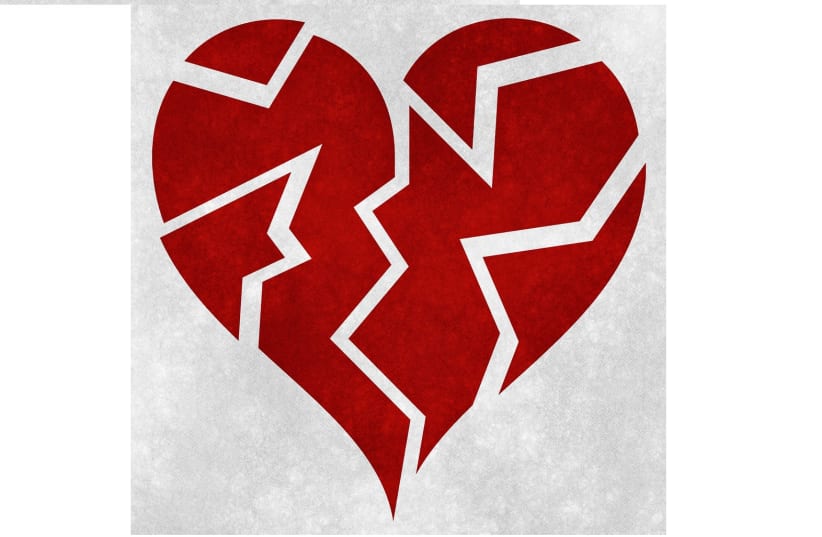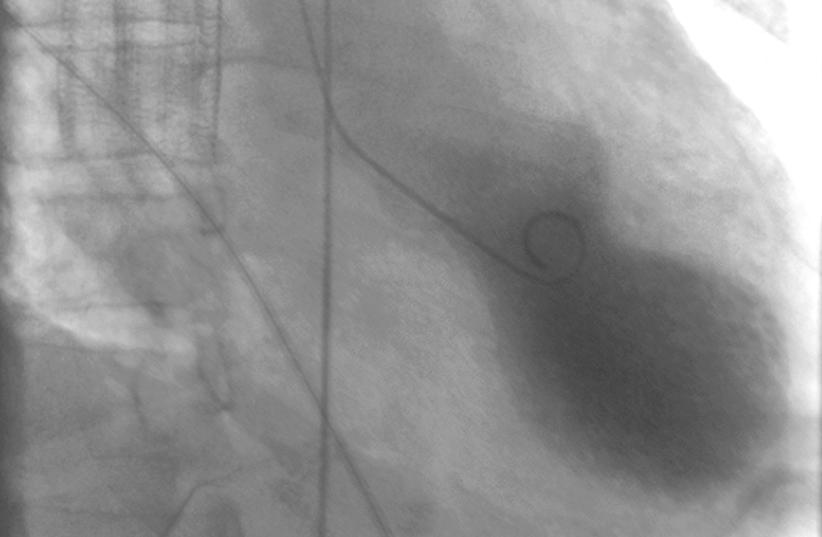The correlation between our lifestyle and various heart conditions is widely researched: high-fat diets contribute to coronary artery disease, obesity and sedentary routines increase the risk of deadlier heart attacks. But the pathology of one elusive heart condition remains a mystery.
"Broken Heart Syndrom", or Takotsubo, is a condition described when a person experiences sudden, heart-attack-like symptoms of chest pain or difficulty breathing, but their heart is going through something else entirely. While a regular heart attack usually occurs because a blocked artery closes off blood supply to a section of the heart, leaving it hungry for oxygen, imaging for patients with Takotsubo reveal that their coronaries are completely intact - but their left ventricle has swollen like a balloon.
The phenomenon was first described in Japan and was named after the Takotsubo pot used to hold octopuses and which resembles the swollen heart. In a recent study published in the Journal of the American Heart Association, a team led by Dr. Susan Cheng, director of the Institute for Research on Healthy Aging in the Department of Cardiology at the Smidt Heart Institute, examined the trends in the unusual heartache and found surprising links to age as well as sex in association with the disease.
"There is likely a tipping point, just beyond midlife, where an excess response to stress can impact the heart," EurekAlert reported Cheng saying in regards to her study results. "Women in this situation are especially affected, and the risk seems to be increasing."
The team investigated over 130,000 documented cases of "Broken Heart Syndrome" that were registered in the National Inpatient Sample database in the United States between 2006-2017.
Every year, the number of recorded cases increased steadily, but the most commonly affected population remained steady - women, aged 50-75. This is interesting on two counts: "Regular" heart disease usually endangers men more than women, and the risk often rises with age.
Takotsubo, on the other hand, sees 88% female cases, according to the study, and an increase of 128 cases per million per year among middle-aged women, in contrast to 96 cases per million per year in older women and 15 in younger women.
Among men, the incidence rate rose as well, but far less substantially.
One of the possible reasons for the overall rise in cases is the fact that the condition became more well known in medical communities and the imaging methods to identify it - namely, echocardiograms - have become far more advanced and accessible over the past two decades.
But what causes "Broken Heart Syndrome" in the first place? The temporary "apical ballooning" syndrome often occurs after a stressful ordeal, and can also be triggered by injury, illness or surgery, according to the Mayo Clinic website.
"This particular study helps to clarify that women of a certain age range are disproportionately at higher risk for stress cardiomyopathy," said Christine M. Albert, MD, MPH, one of the authors of the paper, to EurekAlert. "The upswing could be due to changes in susceptibility, the environment, or both."
Case reports spoke of the condition occurring after a non-physical difficulty, after a loss of a loved one or a grievance, and indicate a connection between brain and heart in this phenomenon. Hypotheses suggest the connection lies with the sympathetic system and the heart cells' response to certain stress hormones.
The next question to be examined is how this fast-rising illness fared during the pandemic.
Researchers Shah and Jauhar published a preliminary study in Current Problems in Cardiology investigating the trends during the COVID period. By searching the PubMed database, the team amassed a number of studies reporting Takotsubo, including a study investigating the prevalence in the first two months of the pandemic - between March and April of 2020. According to their data, among patients arriving in hospital with chest pains or heart-related symptoms, 7.75% turned out to be "Broken Heart Syndrome" since COVID began, when in pre-pandemic times, the rate was a mere 1.5-1.8%.
"There appears to be an association between stress-induced cardiomyopathy and COVID-19 in both the general population reeling from the adverse psychosocial effects of the pandemic and in COVID-19 patients," indicates the paper. "Stress-induced cardiomyopathy is ultimately one of many consequences of the virus that warrants further research into how best to approach patient care."

